UMPI receives grant to market an astronomical attraction in Aroostook County
 Courtesy / University of Maine at Presque Isle
The University of Maine at Presque Isle received a $7,500 grant to develop new marketing materials for its Solar System Model, including this representation of Saturn.
Courtesy / University of Maine at Presque Isle
The University of Maine at Presque Isle received a $7,500 grant to develop new marketing materials for its Solar System Model, including this representation of Saturn.
The University of Maine at Presque Isle has received marketing funds from the Maine Office of Tourism to promote an attraction that's out of this world.
The $7,500 grant through the Maine Office of Tourism’s marketing partnership program will allow UMPI to promote the Maine Solar System Model with new photography, a promotional video, an interactive website, advertising on social media and a new brochure, according to a news release.
The largest scale model of the solar system in the Western Hemisphere, and the second-largest in the world, Maine's model extends for nearly 100 miles along U.S. Route 1, from the "Sun" at UMPI to a model of the dwarf planet Eris in Topsfield.
As part of the grant, UMPI is partnering with many Aroostook organizations, including Aroostook County Tourism, Northern Maine Development Commission, Aroostook Partnership and Greater Houlton Chamber of Commerce.
In collaboration with the Central Aroostook Chamber of Commerce, the new brochures developed will be distributed to all 62 chamber offices across Maine and be placed in the four Maine visitor centers and kiosks in Kittery, Yarmouth and New Hampshire.
“From personal experience, I can say that this model attracts a significant number of tourists to northern Maine and improves interest in science among the students in Maine’s largest County,” Kevin McCartney, a UMPI science faculty member who has served as the solar system model coordinator since the project’s inception, said in the release.
“Community organizations and businesses have also shown continued support by assisting in the movement and refurbishment of planets, as well as work on the sites where the planets are displayed.”
Established by UMPI and the northern Maine community, the model was built entirely by volunteers as a community project, with all materials and labor donated. Volunteers included a consortium of 12 schools and hundreds of businesses and individuals throughout northern Maine.
The three-dimensional model is presented at a scale of 1 mile equaling 1 astronomic unit, which is the distance from the Earth to the Sun, or 93 million miles. A person traveling at 7 mph along the route in Maine moves, on the model's scale, at the speed of light.
“We are so pleased to receive this MOT support for the Maine Solar System Model, given its significant impact on local tourism,” said Debbie Roark, UMPI’s executive director for university advancement and external affairs. “As a community, we are excited to increase visibility and awareness of the model across our state and beyond, by providing a new interactive website and increased promotional efforts.”
The enterprise marketing grants support tourism marketing projects aimed at increasing visits to the applying destinations.
“The Maine Solar System Model is an attraction unique to Aroostook County; as such it is featured prominently in the Aroostook County visitor guide published by Northern Maine Development Commission and Aroostook County Tourism,” said the commission’s executive director, Robert Clark. “Our tourism hotline also receives calls inquiring about the model from families with younger children who want to visit each stop along the solar system.”
Original construction on the model was completed between 1999 and 2003 with nine planets and seven moons. It was expanded to include three dwarf planets in 2008. Improvements for the Sun and an expansion including two additional dwarf planets are planned. The model has been featured in various national magazines, including Smithsonian and Air and Space.
The model is unusual as a tourism attraction because it hasn’t been affected by COVID-19, said Roark.
“It’s a naturally socially distanced activity and it allows families and individuals to tour and engage in a safe way,” she said.
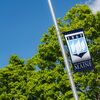
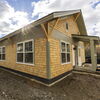




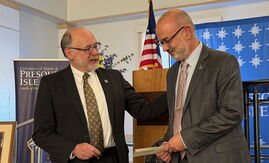
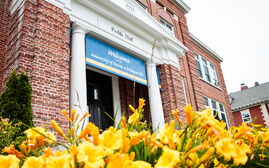
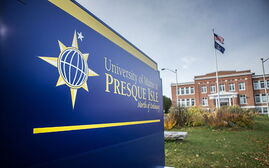




0 Comments